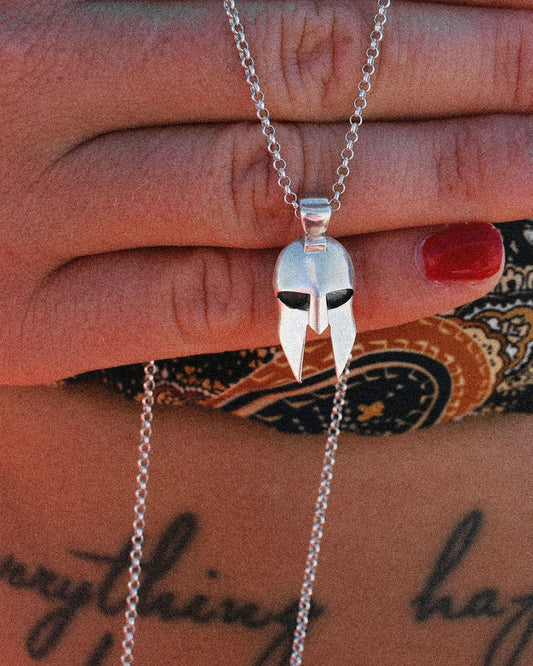
Ice Bathing: Discover the Benefits of Cold Water
Ice Bathing in Winter: Your Guide to Health, Energy, and Recovery
Winter is here, and it's the perfect time to embrace the cold and discover the benefits of ice bathing. Ice bathing, also known as cold therapy, has evolved from a challenging practice into a proven method for boosting both body and mind. This guide covers everything you need to know about ice bathing: from the science behind it and its benefits to practical tips for beginners.
What Is Ice Bathing and Why Is It So Effective?
Ice bathing involves immersing your body in cold water for a set time—a form of cold water immersion. This temperature shock triggers various physiological reactions, leading to improved health and performance. But what exactly happens when you plunge into icy water?

The Science Behind Ice Bathing
When you immerse yourself in cold water, your body responds with vasoconstriction: blood vessels narrow to retain heat in your core. Upon exiting the water, vasodilation occurs, causing the vessels to expand and boosting circulation. This cycle of cold and warmth enhances blood flow and can speed up muscle recovery after intense workouts. Additionally, cold exposure promotes hormonal balance, benefiting the immune system and enhancing stress resilience.
Top Benefits of Ice Bathing
Ice bathing offers a wide range of health benefits, making it valuable for athletes and anyone looking to improve their physical and mental well-being.
Faster Muscle Recovery: After intense training, muscles can become sore and inflamed. Ice baths help reduce inflammation by slowing blood flow and inhibiting the release of inflammatory enzymes. Many professional athletes rely on ice baths to recover faster from tough workouts.
Stronger Immune System: Regular ice baths can boost the production of white blood cells, which play a key role in fighting infections. Studies show that cold exposure enhances immune activity, helping reduce the risk of colds and flu—especially beneficial during winter.
Mental Toughness and Resilience: Ice bathing requires willpower. Regular exposure to cold trains not just the body but the mind, building mental resilience and improving stress management. Those who face this challenge develop a greater tolerance for stress, useful in everyday life.
Boosted Energy and Alertness: Cold water acts like a natural energy shot. Many people report feeling incredibly refreshed and clear-headed after an ice bath. This is because cold water stimulates the release of adrenaline and norepinephrine—hormones that heighten alertness.
Improved Circulation and Healthy Skin: The cycle of cold and warmth stimulates blood flow, delivering more oxygen and nutrients to your skin and muscles. This not only supports skin health but can also prevent muscle soreness.

Tips for Safe Ice Bathing: How to Start Right
While ice bathing offers many benefits, proper preparation is key to minimizing risks. Here are some basic tips:
Start Slowly: Begin with short sessions, about 1-2 minutes, and gradually increase your time. Ensure the water isn't too extreme in temperature.
Use Breathing Techniques: Techniques like the Wim Hof Method can help you manage the cold shock and improve oxygen delivery in the body.
Never Bathe Alone: Especially as a beginner, always have a friend or someone nearby in case of emergencies.
Warm Up After the Bath: After your ice bath, warm up gradually. Put on dry clothes and move around to bring your body temperature back to normal.
How Long and at What Temperature Should You Ice Bath?
The ideal duration and temperature depend on your experience and goals. General guidelines include:
- 50°F (10°C): Stay in the water for about 10 minutes.
- 41-46°F (5-8°C): 5-8 minutes are enough to feel the effects.
- 35°F (2°C) or Lower: A maximum of 2-3 minutes will give you the benefits without overstraining your body.
Always listen to your body's signals and adjust the time and temperature accordingly.
Risks and Precautions of Ice Bathing
Despite its many benefits, ice bathing comes with certain risks:
Cold Shock and Hypothermia: A sudden drop in temperature can lead to a cold shock, significantly impacting your heart rate and breathing. Always start slowly and build up over time.
Cardiovascular Stress: People with heart conditions should consult their doctor before trying ice baths.
Frostbite and Cold Burns: Avoid staying in the water longer than your body can handle to prevent skin damage.

Ice Bathing: The Key to Better Health
Conclusion: Ice Bathing for Better Health Ice bathing is more than a trend—it's a centuries-old practice with deep health benefits. From reducing inflammation and boosting immunity to building mental strength, ice baths offer numerous ways to strengthen both body and mind. Embracing the cold can increase your resilience and bring new energy into your life.
Give it a try and discover the positive effects ice bathing can have on you. Whether it's part of your post-workout recovery or a daily energy booster—the cold awaits you! ❄️🧊































